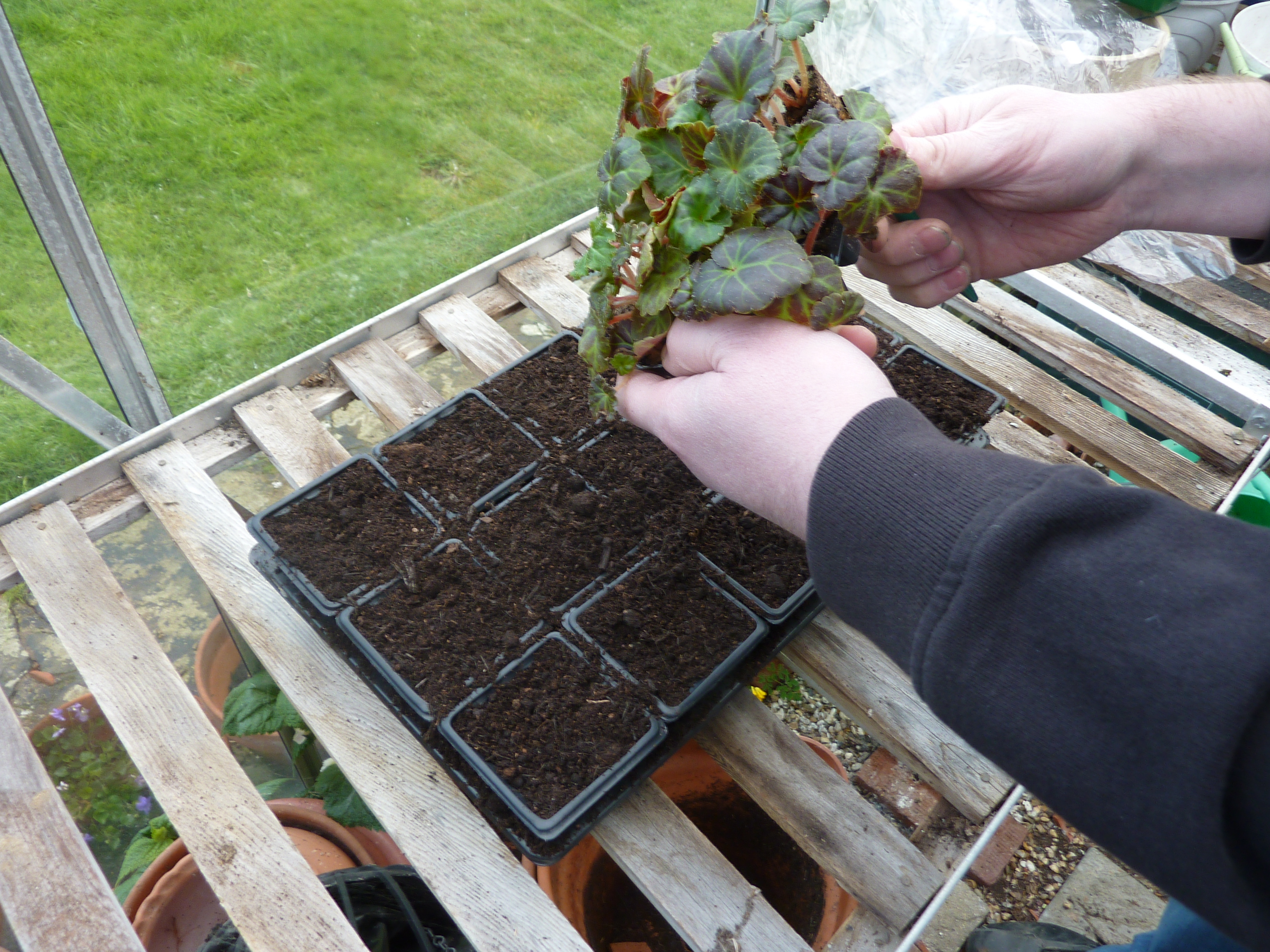For generations bedding and patio plants have been used to provide a riot of colour throughout the garden. Whether it be in beds and borders, pots or hanging baskets, their season long flowers in all colours of the rainbow fill our gardens with a constant stream of blooms when more permanent plants are often taking a well earned rest.
However, buying garden ready plants from your garden centre, although convenient, can be a drain on an already half empty pocket. Growing from seed or cuttings is sometimes cheaper, but requires a certain degree of knowledge and experience. Purchasing young plug plants allows the experts to do the initial labour, whilst slashing costs and saving valuable time.
Many garden centres retail a selection of varieties of young plants in the spring. Mail order suppliers often tempt us with exciting new cultivars leaving the stalwart gardener drooling over the websites and catalogues like children in a sweet shop. Autumn and winter flowering plug plants, usually supplied in summer, can be treated in a similar fashion.
On receipt of your plug plants they should be dealt with as soon as possible. If a delay is unavoidable then plants should be stored with adequate air light and moisture. Put them on a warm windowsill and water from below by dunking in a shallow tray of water. Larger plugs such as Fuchsias may need the growing tips pinching out to increase the bushiness of the resulting plant. Professional nurseries often pot groups of larger plugs into their final pots and hanging baskets straight away, but this relies on a degree of expertise and it is often more prudent to grow your plugs on in small pots or cells before doing this.
After watering the plug plants, fill small pots or cells, typically seven to nine centimetres in diameter, with a quality multipurpose compost. Loosen each plug in the tray by pushing each one from below using a pencil or small dibber. It is more efficient to loosen each plug in the tray in one go.
Loosening the plugs from the plug tray
Using a pencil or dibber or just your finger, make a hole in the compost in each of the pots or cells you wish to pot the plugs in to. Holding the plug by the roots, place each plug into the hole at the same level as it was grown in the plug tray. Firm the compost around the plug ensuring there are no air pockets around it. Label each batch of plants so you remember which varieties you are growing. Water the newly potted plants with a fine rose. A fortnight after potting, the fertiliser in the compost can begin to run out and regular application of a liquid feed may be necessary.
Potting up a plug
A tray of plugs potted up
Keep the plants in a frost free greenhouse, conservatory or on a warm windowsill for around a month. Harden the plants off by placing outside in warm spells , and bringing them in in cold spells, especially at night. Plants can then be planted outside in their final positions when the risk of frost is over. Usually this is in mid May in more southern areas of the U.K, but can be much later in more Northerly regions. Keep an eye out for pests and diseases and treat as necessary. Look forward to a season long display of beauty that will be the envy of the neighbours!
Mark Snelling.





